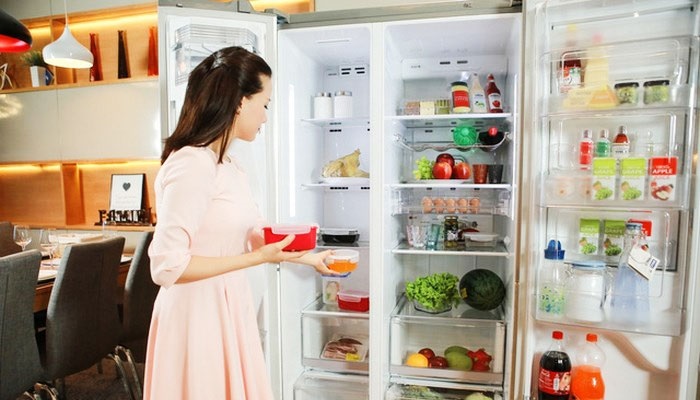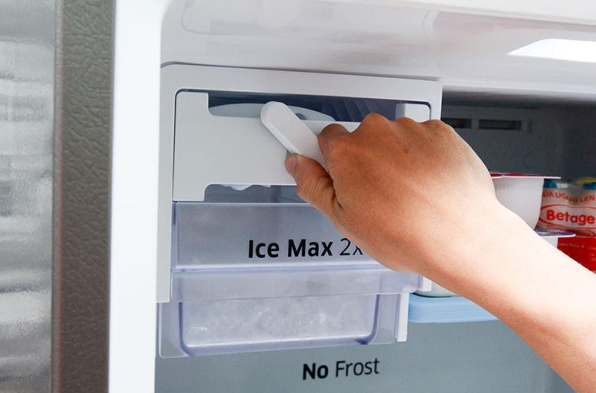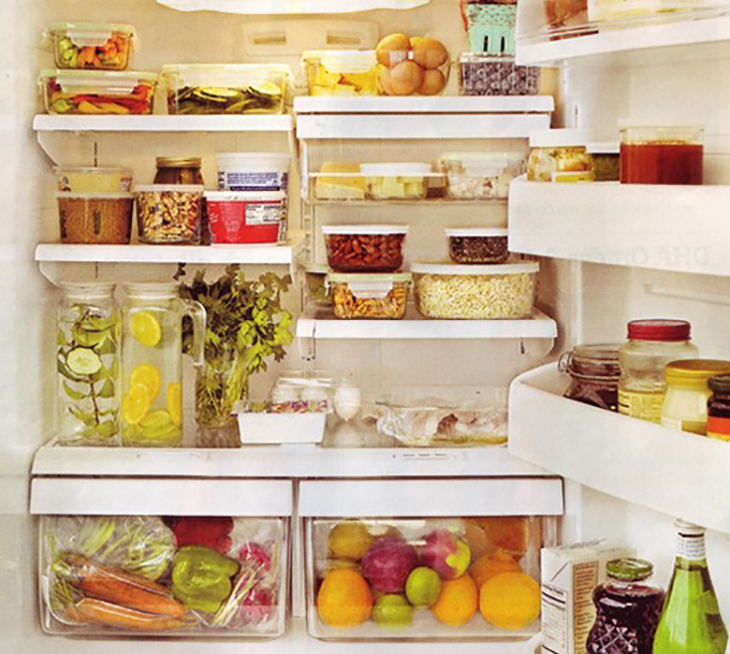
Detecting Electricity Waste with Paper Money
According to research, an average refrigerator with a capacity of 200 liters typically consumes approximately 25 – 30 kilowatt-hours (KW) of electricity per month. However, it has come to your attention that your refrigerator has been contributing to a significant increase in your electricity bill. Upon further inspection, it appears that the culprit may be a deteriorated refrigerator door gasket, leading to an imperfect seal.
To test the effectiveness of the refrigerator door seal, you can easily perform the following steps:
1. Obtain a sheet of paper currency.
2. Attach the paper to the refrigerator door using a clip or similar.
3. Gently close the refrigerator door, ensuring it is fully shut.
4. Slowly pull out the paper currency from between the door and the frame.
By observing how easily the paper is removed, you can determine whether the refrigerator door is properly sealed or if there may be an issue with the seal.
If you are able to easily remove paper money from the refrigerator door, it indicates a problem with the rubber seal. However, if you notice a frictional force keeping the money in place when pulled, then the refrigerator door is functioning as intended. Understanding the causes of this issue and determining how to address them can help resolve the problem.

Uncovering the Reasons Behind Refrigerator Electricity Waste
Refrigerator Door Left Unrepaired: A Growing Concern
The primary cause of a refrigerator’s inefficiency lies in a damaged door. As a result, it is imperative to address this issue promptly as it can lead to food spoilage, loss of nutrients, and potential food-borne illnesses. Taking swift action to resolve any seal-related problems in your refrigerator is therefore necessary.
The refrigerator door may be left open due to a dry, corroded, or improperly adhering door gasket. Additionally, loose screws and unbalanced hinges can prevent the door from fully closing. To resolve this issue, it is recommended to replace the gasket at reputable refrigerator repair shops available nationwide.

Temperature Mismanagement Discovered in Shopping Malls Across India
Improperly adjusting the temperature of a refrigerator can have significant consequences, including rapid food spoilage, reduced refrigerator lifespan, and excessive energy consumption. It is crucial to exercise caution and precision when adjusting the temperature in order to promote both the longevity and health safety of the appliance.
According to experts, the recommended temperature range for the freezer is between -18°C and 0°C. This temperature range is optimal for effectively preserving fresh food over a longer period. For the refrigerator compartment, maintaining a temperature range of 1.7°C to 5°C is considered ideal.

To ensure optimal preservation of nutrients and taste, it is recommended to set the temperature of the fresh food compartment in your refrigerator between 0°C and 4°C.
What is the Optimal Amount of Food to Refrigerate?
Excessive food items stored in the refrigerator can hinder the proper circulation of cold air, resulting in higher temperatures in specific areas and potentially leading to food spoilage.
In addition, overloading your refrigerator with excessive food can significantly shorten its lifespan. This can also lead to improper closure of the refrigerator door, resulting in energy inefficiency and increased electricity usage.

To ensure optimal usage and space saving, it is imperative to adjust the quantity of food in the refrigerator according to its capacity. Furthermore, organizing the food in a tidy and well-ventilated manner facilitates convenience.
Placing a Refrigerator Correctly Can Lead to Energy Savings
The lifespan of a refrigerator is also greatly impacted by its placement. When a refrigerator is positioned too close to a wall, it can result in excessive heat buildup in the condenser, potentially leading to compressor failure.

Furthermore, it is essential to ensure that the refrigerator is positioned in a properly ventilated space, away from direct sunlight. Additionally, it is not recommended to place the refrigerator in close proximity to the cooking area, as the heat emitted from the stove can have a detrimental impact on its performance.
Opening the Refrigerator Too Often Could Lead to Higher Electricity Costs
Excessive and repeated opening of the refrigerator door can disrupt its functioning, leading to an increase in energy consumption and a rise in internal temperature. Moreover, this practice also poses a risk of damaging the door and can make it more difficult to properly close.
“If you have children at home, it is important to be cautious regarding this matter as children frequently tend to open the refrigerator door repeatedly, causing a notable decrease in the refrigerator’s lifespan.”

“How to Cut Down Refrigerator Electricity Usage: 3 Easy Tips”
Invest in Energy-Saving Devices to Lower Electricity Bills
The Ministry of Industry and Trade conducts rigorous testing, measurement, and evaluation to determine the energy efficiency of all household appliances. This information is then conveyed to consumers through energy efficiency labels, providing valuable insights into electricity consumption and usage.
The energy efficiency label on the refrigerator provides information about the refrigerator’s energy efficiency level. The number of stars displayed on the label determines the device’s level of energy efficiency, with more stars indicating a higher level of efficiency.

Adhere to Food Preservation Guidelines
To maintain food freshness and prevent contamination, it is recommended to store food in sealed containers or wrap them in food wrap prior to refrigeration.
To efficiently lower the temperature of bottled beverages, it is recommended to utilize a damp cloth.
Only place food in the refrigerator after it has sufficiently cooled down.
To properly thaw food, it is recommended to place it in the refrigerator compartment.

Reduce Refrigerator Door Opening to Twice Daily
Opening the refrigerator door leads to the escape of cold air and the entry of hot air, causing food temperature to rise and requiring the compressor to work harder to restore the desired cooling level. This consequently leads to increased energy consumption.

Avoid Placing Refrigerator Near Heat Sources
It is important to avoid placing the refrigerator in direct sunlight or near any heat-emitting devices such as ovens, as this can have a negative impact on the fridge’s overall lifespan. The external heat can cause the refrigerator to warm up, which can in turn affect the performance and durability of the compressor. Therefore, it is advisable to select a suitable location for the refrigerator to ensure its optimal functioning and longevity.
COVID-19 Prompts Implementation of Temperature Guidelines
The recommended temperature for the refrigerator compartment is 5°C, while the ideal temperature for the freezer compartment is -18°C. It is important to note that each degree decrease in temperature beyond the recommended level can result in a 6% increase in energy consumption. By properly setting and maintaining the temperature, you can effectively reduce electricity usage and save energy.

Here are some straightforward methods to determine if your refrigerator is consuming excess energy. We encourage you to try them out and kindly provide your feedback in the comments section below to verify the effectiveness of this approach. Wishing you the best of luck.






































